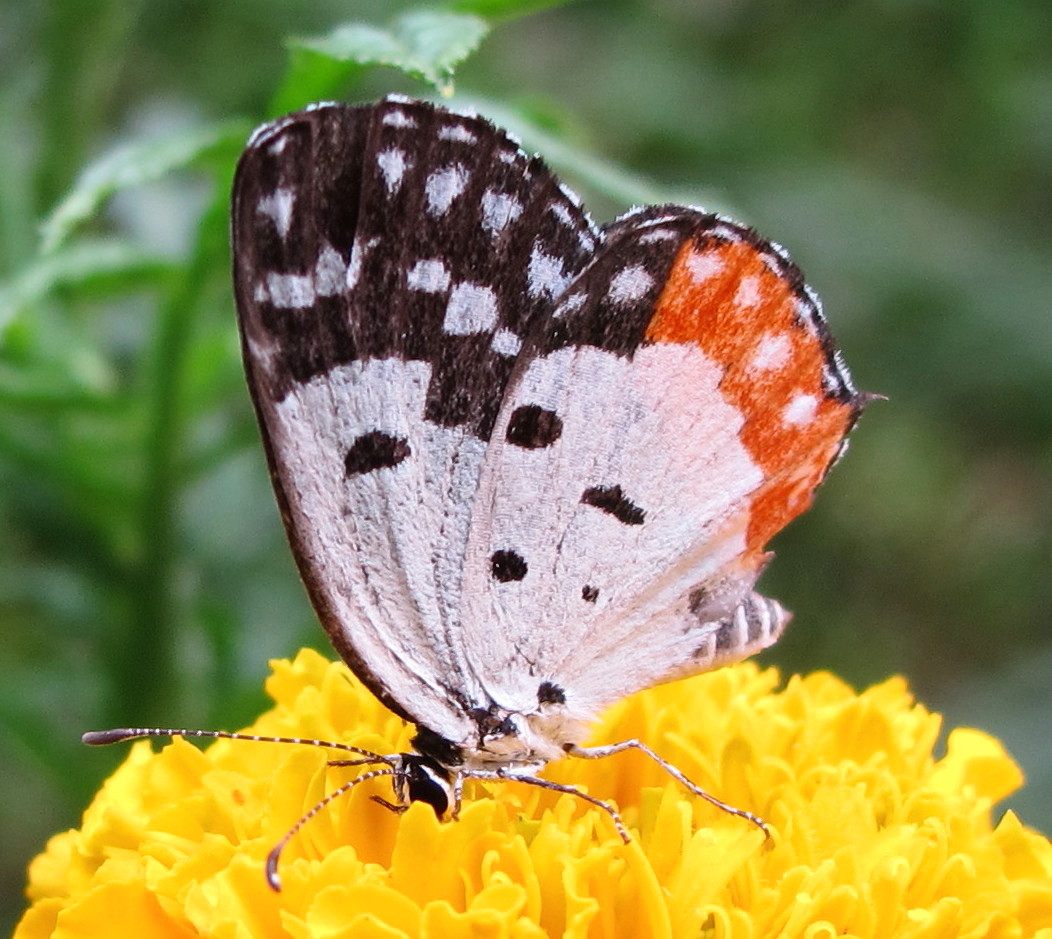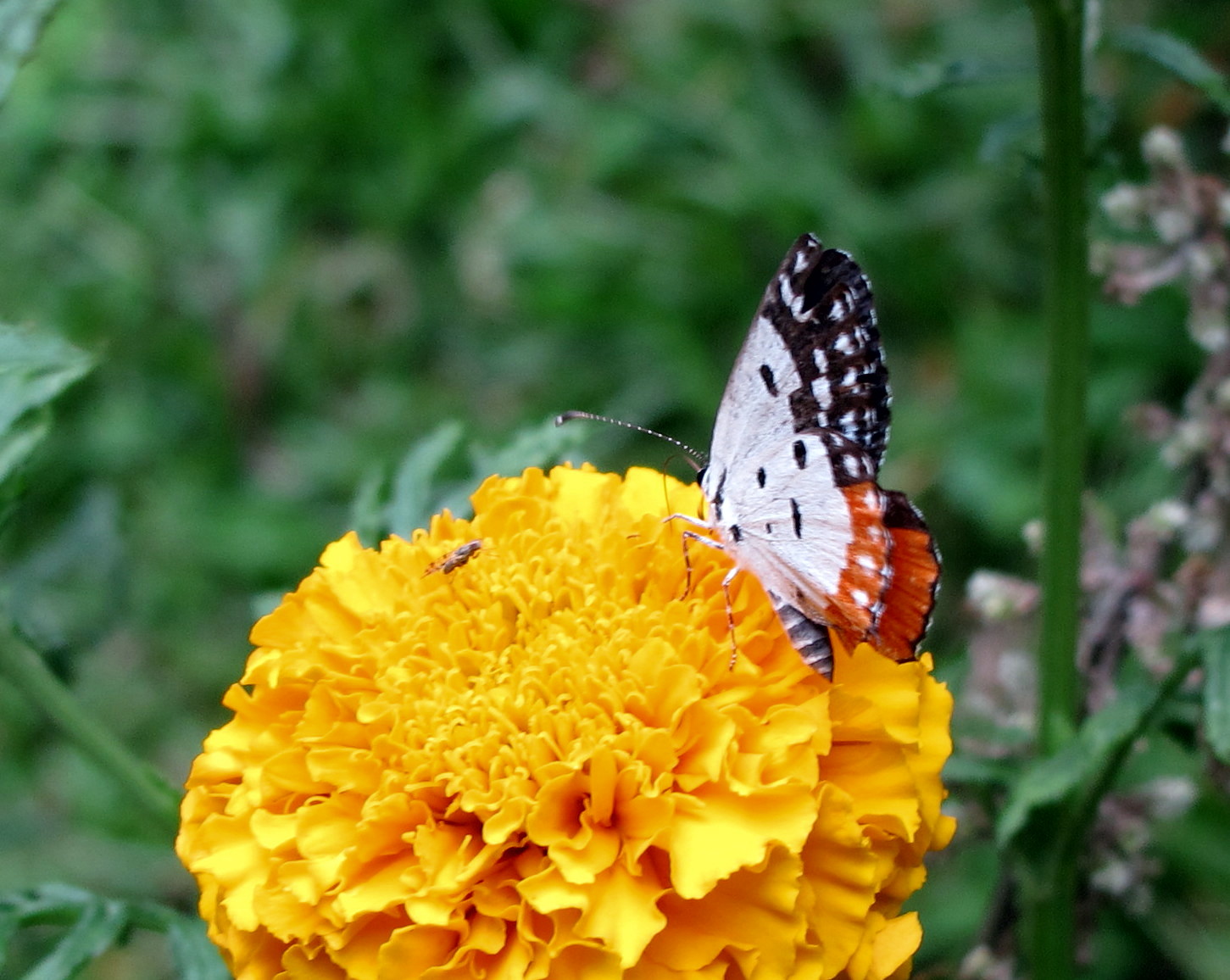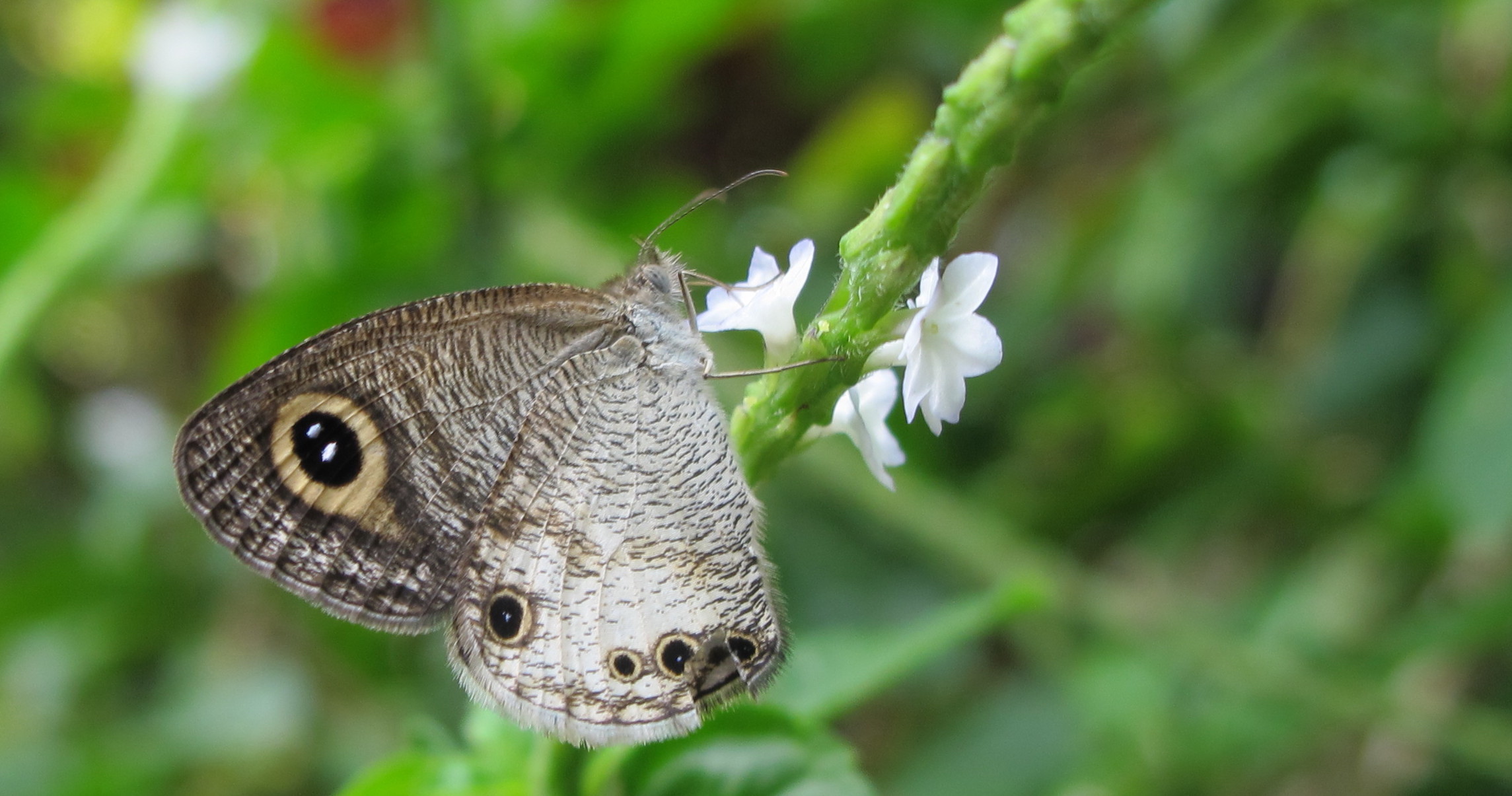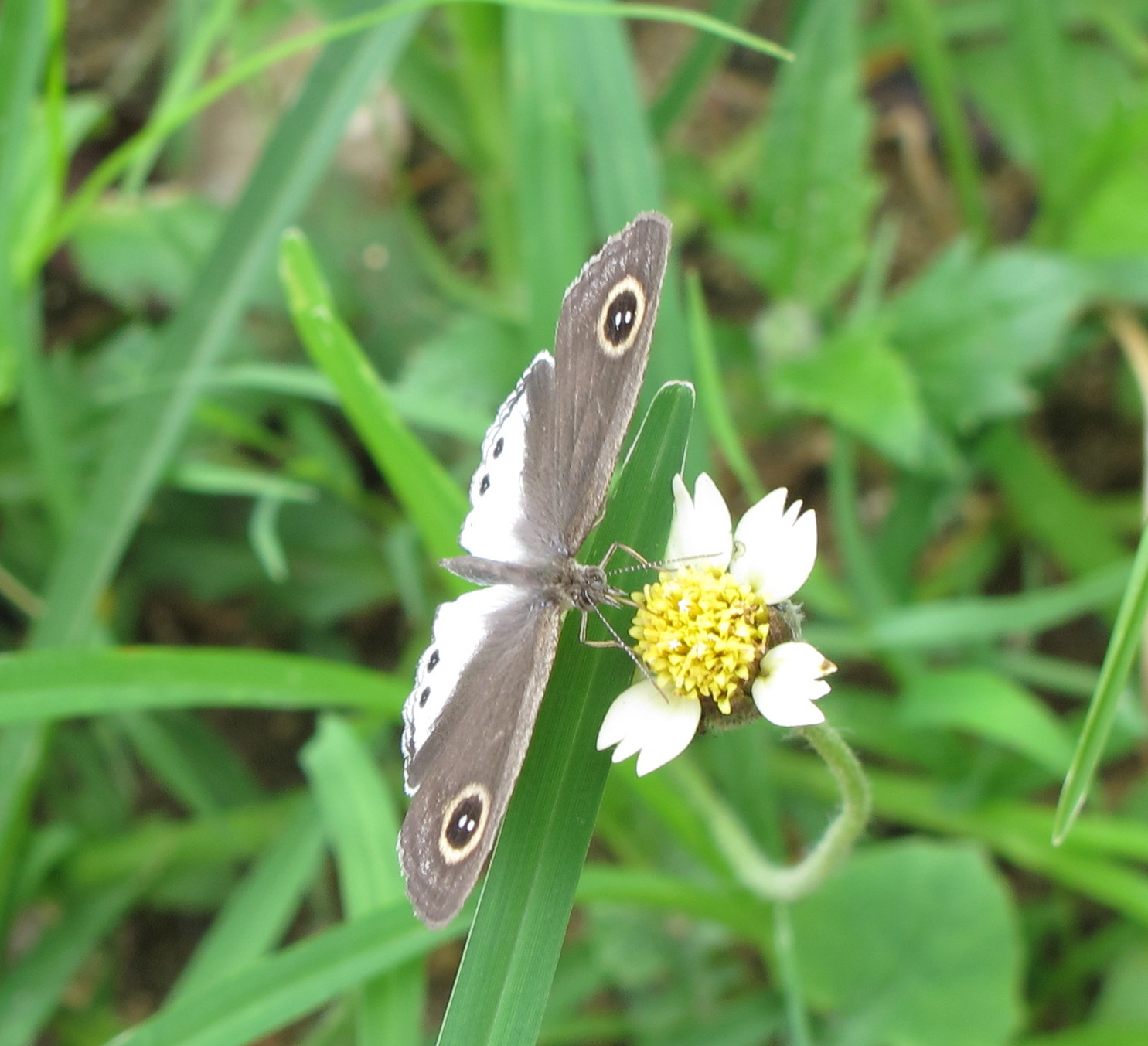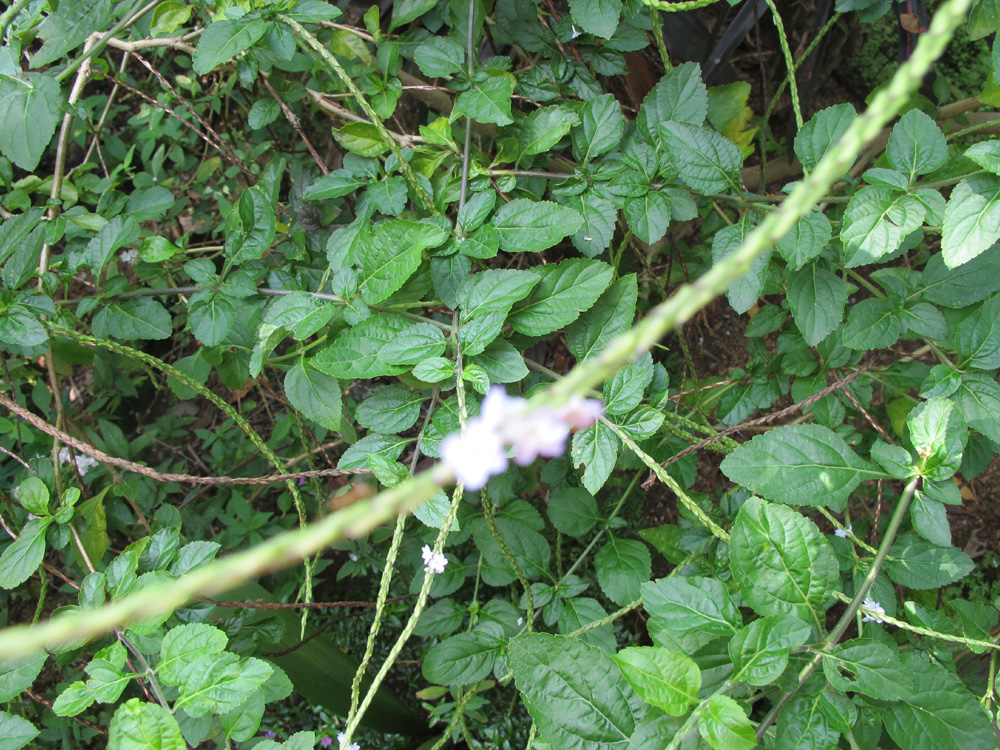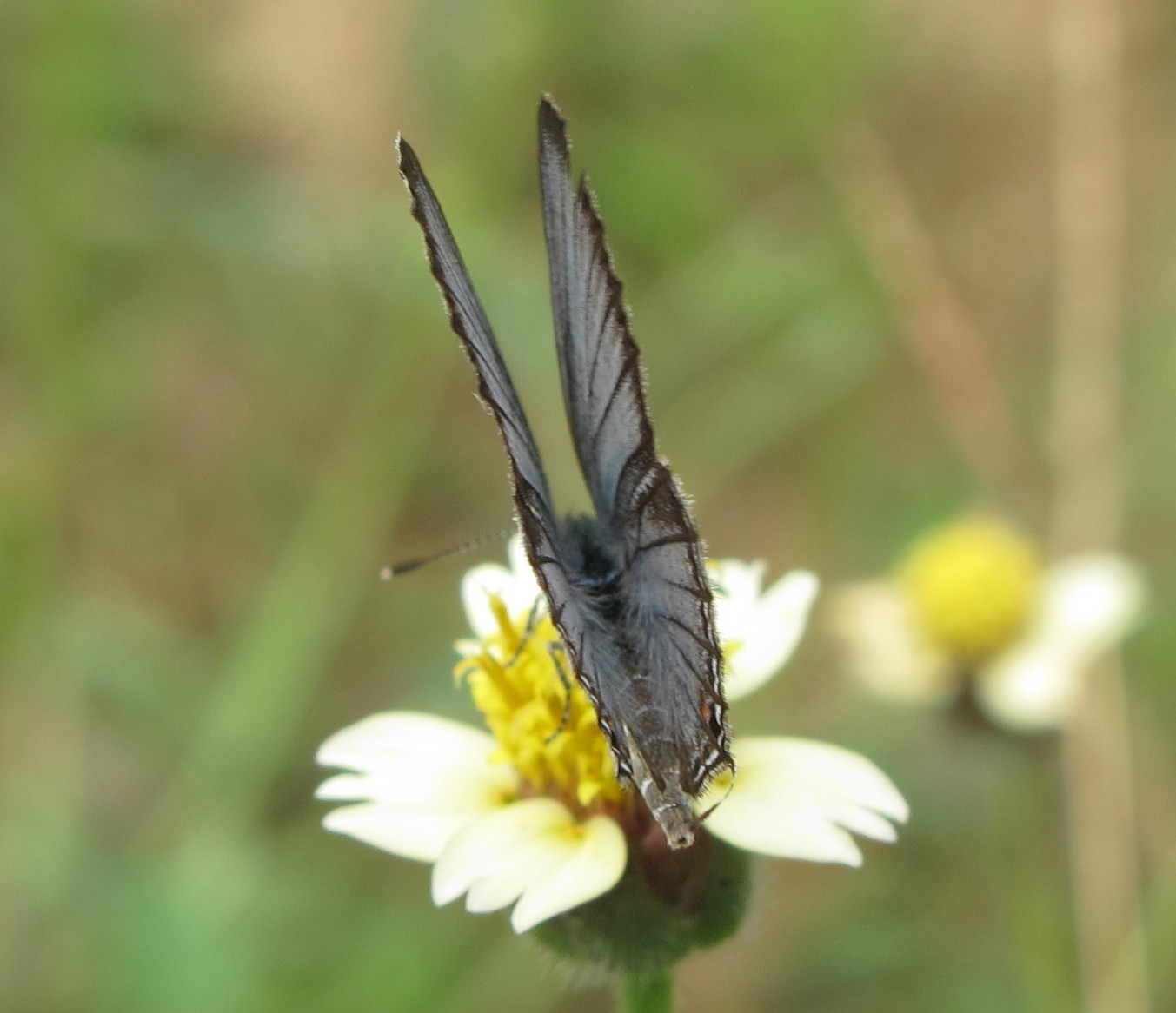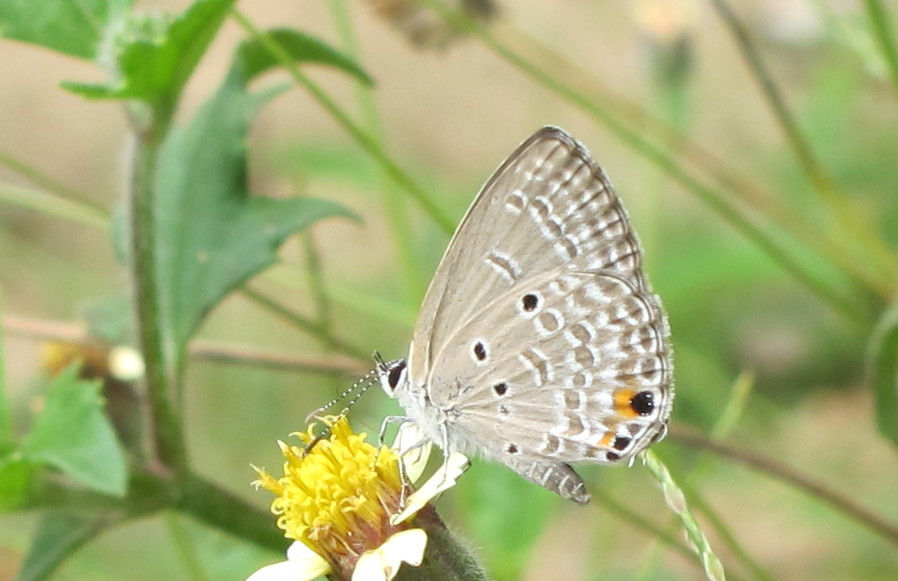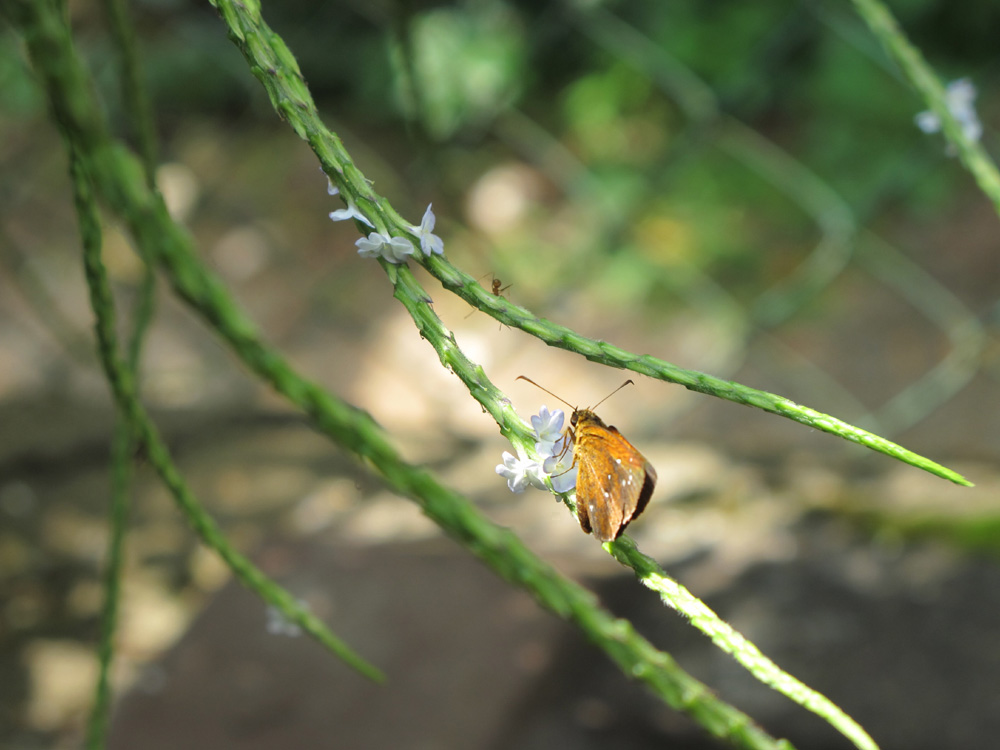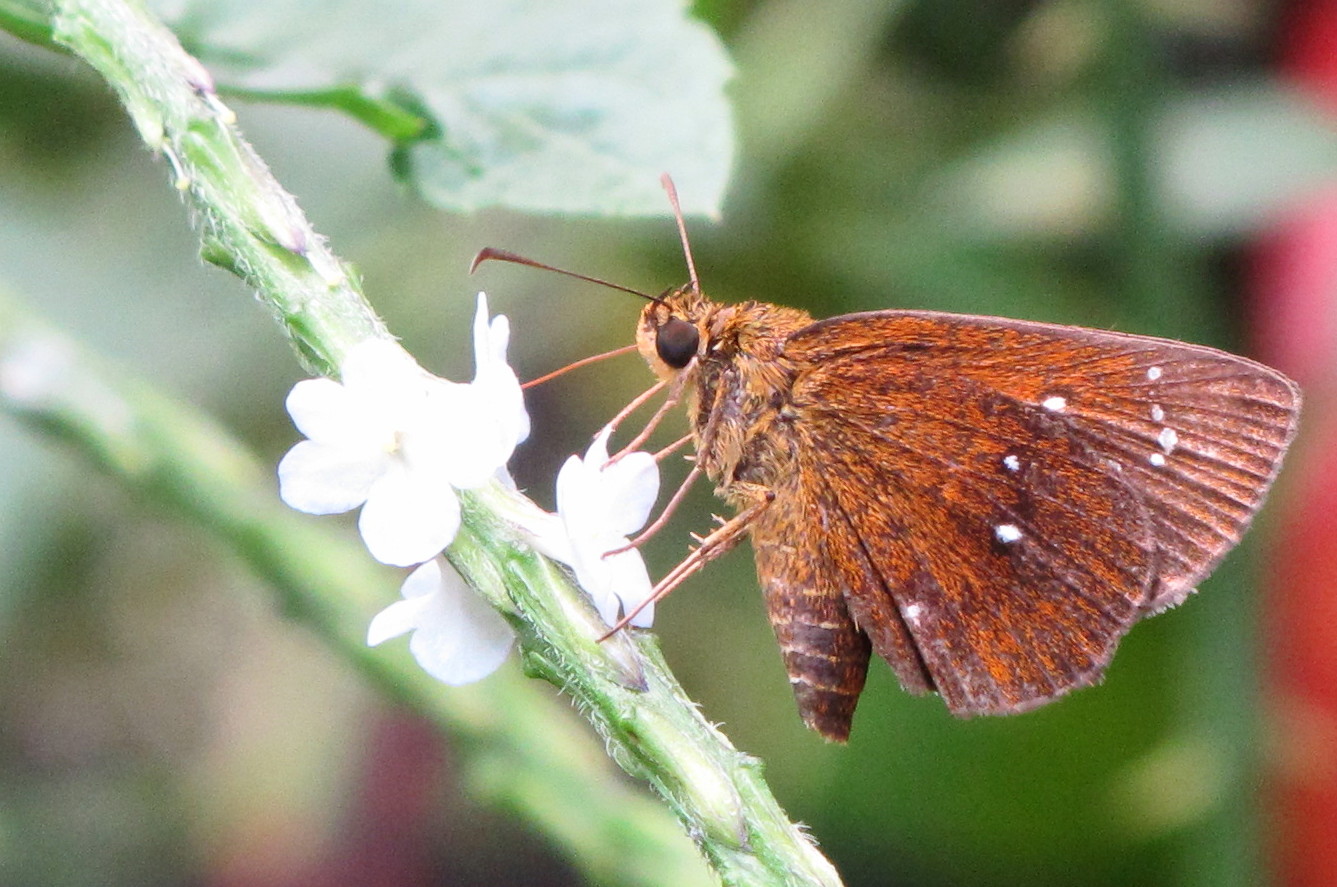|
Butterflies 'n
Your Garden |
|||
|
It
is actually with a lot of difficulties and cost that we keep these pleasant and
fragile creatures out of our gardens. A well maintained garden is not a place
for them because they risk exposure and thus become vulnerable. Moreover, the
indigenous plants that are modified by the horticultural advents as well as
the exotic plants in our well maintained gardens to make it look attractive
to human eyes rob the butterflies of their food which they constantly search
for. I
attended a workshop on attracting wildlife (not elephants, for sure, even
though I would not have minded that) which opened my eyes more widely to see
the flowers that are not usually seen with the skimming/browsing eyes of our
fast world. There they are - on all those plants that we have been uprooting
because they meant nothing more than weed to our eyes. Now, we follow the
practical instructions of the butterflies in deciding which is weed and which
is not. Believe me - the cost of gardening as well as the stress of
maintaining the garden has dropped like a waterfall. And, what more, at any
given time, there are dozens of butterflies in our garden and its
surroundings. Here is an attempt to share my newly found micro-world with
you. Thanks to the enlightened George van-der Poorten who took us outside
the lecture hall during lunch, down the stairs and across the road to the
neglected patch of weeds and showed as the un-seeable flowers on the weeds
which get trampled many a times and those hungry butterflies, who looked
nothing then. He told us “They are indeed beautiful, if you photograph
them and enlarge and look at”. He was sooooooo
right. |
|||
|
|
|||
|
|
Red Pierrot (Talicada nyseus) She is small. Striking with her colour
combination. As a matter of fact, next time when you get yourself a
saree, try her colour
combination. You will look striking as well. She is there in the garden, but not always visible. “Kalanchoe”, a
succulent, is said to be her favourite plant for
reproduction. To listen to the
expert, please visit http://www.srilankaninsects.net/Butterflies/Lycaenidae/ RedPierrrot/RedPierrot.htm |
||
|
Here, you see her feeding herself on the
“Daspathy” flower. (Please drop me a line
if you know the botanical or the English name of the flower). The arrival of
that flower in our garden by itself is an interesting story. There is a lady
at the ‘Peradeniya Pola’
area who waits with dignity for alm.
I need to stop the car and get down to give her
something because it appears that she doesn’t move about freely and
easily. One day I saw these flowers in full bloom close to where she stays
and I told her to keep some dry flowers for me. She had taken a lot of
trouble to plant them in nurseries made up of discarded wide-bellied plastic
bottles cut crosswise. That made it very easy for us to start the patch for
‘Daspathy’. My husband, who has taken for painting
after several years of being engaged in matters of consequences, made the
bamboo fence around them (saying that it gives character to the garden from a
painter’s point of view) and also gave wooden support to each plant (to
prevent her collapsing under the weight of her own creations – as
always). Further more, my hubby’s brother-in-law from |
|
||
|
|
|||
|
|
White Four-ring (Ypthima ceyloncia) She is small and a low flyer. I could always find her in the garden with many of her
relatives. She appears to feed on many different plants. To listen to the
expert, please visit http://www.srilankaninsects.net/Butterflies/Satyridae/ WhiteFourRing/WhiteFourRing.htm |
||
|
It is the white basal part of her hind
wings (shown clearly on the photo below-left) makes her the White Four-ring.
If not she could be mistaken for the Jewel Four-ring. In the photo above, she is feeding on a very
tiny 5-petal flower which is only about 5 mm in diameter. Because of this
tiny size of the flower and also because of the extremely low number of
flowers on the plant which by itself is not a show off (as can be seen on the
photo below-right), this plant is considered a weed if not for the butterfly
point of view that we have adopted in our garden as of late. Could anyone
help with the name of this plant and probably its medicinal values? She also feeds from the insect-popular
flower named Tridax procumbens
(below-left) which is considered not only as a weed but also as a pest
plant by gardeners and constantly removed from every garden and field.
Nevertheless, some of the potential therapeutic activities of Tridax procumbens
are antiviral, antibiotic efficacies, wound healing activity, insecticidal
activity and anti-inflammatory activity [Ref: Suseela, L., Sarsvathy, A. and Brindha, P.
2002. "Pharmacognostic studies on Tridax procumbens L.(Asteraceae)". Journal of Phytological
Research 15 (2): 141-147]. |
|||
|
|
|
||
|
|
|||
|
Small Cupid (Chilades parrhasius) She is
so small that you need to photograph her to see her beauty. She is a
low flyer. I could
always find her in the garden with many of her relatives, just as the White
Four-ring. She
appears to feed on many different plants as well, just as the White Four ring
does. I captured her feeding on the Tridax
procumbens – the insect-popular plant just
outside our gate. She is a miracle for she looks so
different at different angles with the designer ash-blue on one side and a
totally different colour and design on the other. |
|
||
|
|
|
||
|
|
|||
|
Who is she?? She is
tiny. I am not sure if she is a butterfly. She is very fond of the flowers in this
particular plant (shows left and below-right). A detailed photograph of the
plant is given in the White Four-ring’s section above requiring
identification. Even though other butterflies also visit this plant, she is
found always feeding on the flowers of this plant with her many
relatives. Shown below-left is another butterfly attracting
plant which she is fond of. Despite its tiny flowers, the numerous numbers of
violet flowers on the plant at any given time make the plant popular among
gardeners. Also, the steady stems of the plant make it suitable for low level
fencing (1 to 1.5 feet high). That is indeed a blessing for these butterflies
whom only a trained eye could spot. |
|
||
|
|
|
||
|
Click
here to give your comments |
|||
|
email: rshanthini@pdn.ac.lk |
updated on May 25,
2010 |
||
